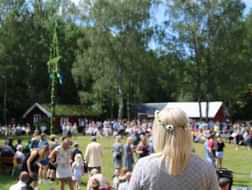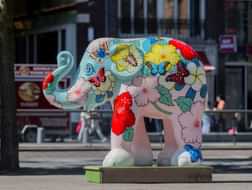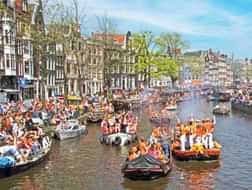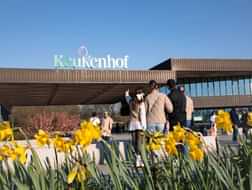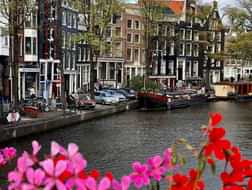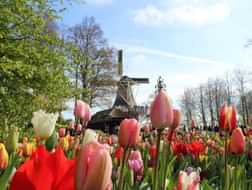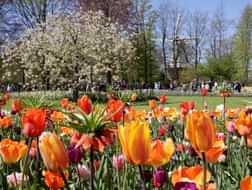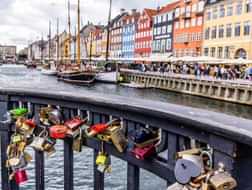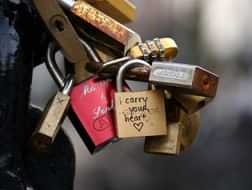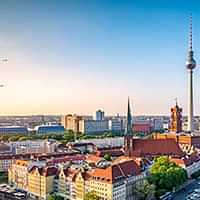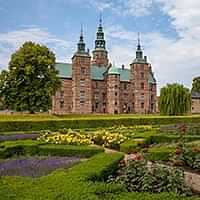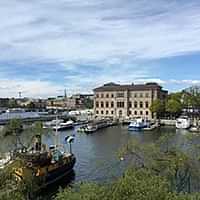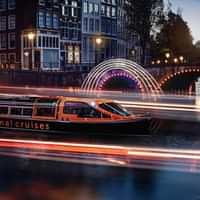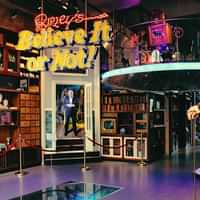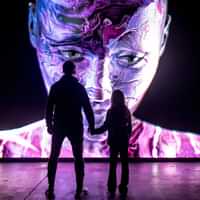25 years of Pride Amsterdam

2021 marks the 25th year in which Amsterdam has celebrated diversity with the Pride Amsterdam festival. Though this year's Pride may not be the party everyone knows it should have been due to the ongoing pandemic, like all the years before, it will most definitely be a Pride Amsterdam to remember. Pride Amsterdam celebrates "freedom in Amsterdam - the freedom to truly be yourself and to love who you want".
Back in the day
Unlike many other Gay Prides in the world, the first Amsterdam Pride, as it was known then, and those since are not demonstrations for equal rights. The purpose of the first Amsterdam Pride was to promote Amsterdam as a gay nightlife city and to celebrate the freedom and diversity of the city. The event was organised by GBA (Gay Business Amsterdam) as a gift to the city.
The annual highlight of Pride Amsterdam is the Canal Parade, which has been part of the festival since the first edition. The idea of the Canal Parade was part of the bid book for the 1998 Gay Games and was inspired by the pride parades in other cities, which often consist of big floats driven on the roads. Due to the limited amount of wide roads in the city centre and an abundance of canals in Amsterdam, the canal parade was the perfect way to differentiate Amsterdam Pride from other Pride events around the world.
This very first boat parade was held on 3 August 1996 and consisted of more than 45 boats both big and small, representing gay bars and clubs as well as individuals and businesses. To make sure everyone in the city could enjoy the parade, the police insisted that every participant signed a chastity statement.
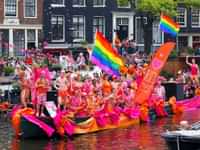
Through the years
Over the years Pride Amsterdam has grown in diversity and representation as well as number of participants and number of spectators. In 1998, the Gay Games took place outside North America for the first time as Amsterdam hosted all sports activities for a week, which coincided with Amsterdam Pride. It resulted in the biggest LGBT+ party that had ever taken place in the Netherlands up to that point.
After the success of 1998 it was decided to continue with the annual event, and cultural and sports activities were added to the Canal Parade and street parties to round out the programme. In 2000, gay nightlife peaked during a Gay Pride street party in the Reguliersdwarsstraat, when Australian pop singer Kylie Minogue surprised everyone with a live performance.
2001 was the first year that boats from both the Arab and Jewish community joined in the Canal Parade. It was also the year when the Netherlands became the first country in the world to legalise same-sex civil marriage and grant same-sex couples adoption rights.
The name and the organisation behind the festival changed a couple of times over the years. Amsterdam Pride, Amsterdam Gay Pride, Pride Amsterdam, no matter the name and no matter who participates in the Canal Parade, the festival has grown into a world-renowned event spanning several days where the LGBTQIA+ community truly sets the standard for the city.

Pink Saturday and the Homomonument
Pride Amsterdam is not an equal rights demonstration because the Netherlands already had an annual event for this cause, known as Pink Saturday, Roze Zaterdag in Dutch. The first Pink Saturday was organised in Amsterdam in 1977, though it was not known under that name yet. Since 1981 Pink Saturday is held in a different city every year. Since then it has returned to Amsterdam twice, in 1994 and 2016, when Europride was also held in the city.
The name Pink Saturday was introduced in 1979, by action group ROZA. The pink is probably derived from the pink triangle which gay men were forced to wear in concentration camps during World War II. It was later reclaimed as a positive symbol of self-identity and revived in the 1970s as a symbol of protest against homophobia.
On September 5 1987, Amsterdam opened the first monument in the world to commemorate all gay men and lesbians who were killed during World War II. The Homomonument consists of three pink granite triangles on the bank of the Keizersgracht canal in the centre of Amsterdam, together they form a larger triangle which points towards the national war memorial on Dam Square.
LGBT-life in the Netherlands today
Even with 25 years of Pride Amsterdam and 34 years of Pink Saturday, the emancipation struggle for the LGBT+ community in the Netherlands is nowhere near over. The Netherlands has a high level of social acceptance of the LGBT+ community in comparison to other countries in the world. However, just because other countries are less tolerant and accepting does not mean that the Netherlands or Amsterdam has reached complete tolerance let alone acceptance.
Sadly, violence and aggression against the LGBT+ community does still occur here. And when it comes to legal rights, the LGBT+ community is not yet equal to straight individuals either. There is still work to be done to further the tolerance and acceptance of the LGBT+ community, which is why the continued existence and celebration of Pride Amsterdam is so important. You can read more about the past 25 years of Pride Amsterdam and the activities planned for the 25th anniversary on the website of Pride Amsterdam. The 25th anniversary of Pride Amsterdam is scheduled to take place from 31 July till 8 August 2021.

Our top tips

